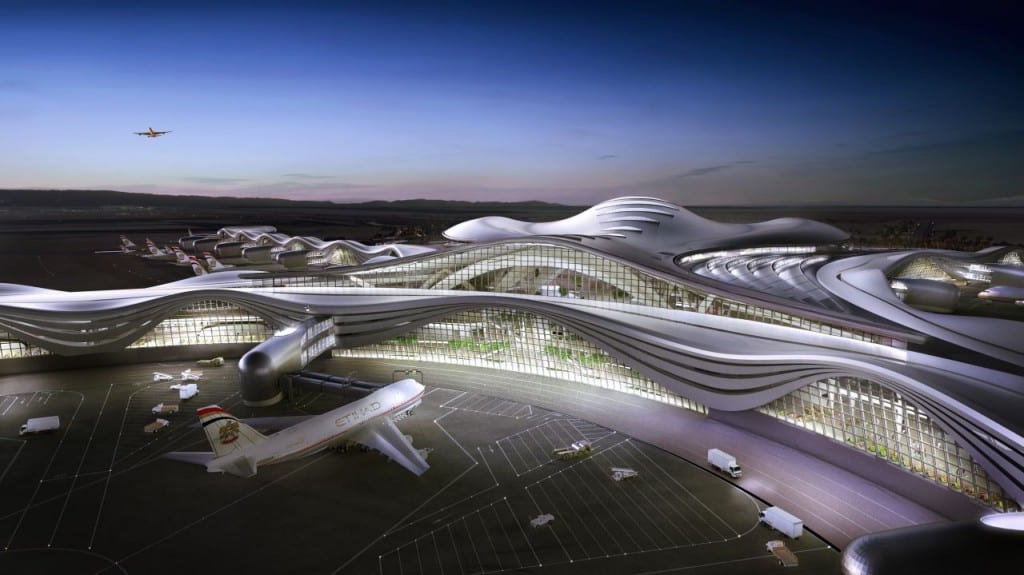

For the first time in 2014, Asia Pacific’s airports collectively qualified as the world’s number one region for commercial passenger air traffic, handling 2.3bn passengers in 2014 and leaving second-ranked Europe trailing with ‘just 1.8bn’, according to Airports Council International (ACI).
However, DF&TR industry executives know only too well that dynamic spending patterns at airports are not always ‘guaranteed’ by sheer passenger numbers, especially considering the multiple factors that can adversely influence customer spending.
As Asia’s leading airport with a 6.1% rise to 62.9m international passengers last year, Hong Kong International Airport (HKIA) appears to be doing reasonably well however.
It has continued to see healthy HY1 traffic growth to 33.6m to the end of June 2015, but there is certainly concern, as downtown retail sales of luxury goods to previously high-spending Chinese visitors fall dramatically.
While Hong Kong Airport is also expanding with its Midfield Concourse, due to open at the end of this year, so is Asia’s second biggest airport at Changi in Singapore.
Last year, Changi’s traffic grew by just 1% to 53.2m, but its shops generated retail sales of more than S$2bn ($1.50bn) in 2014 from an average of over 120,000 transactions a day, according to Lim Peck Hoon, Executive Vice President Commercial, Changi Airport Group (CAG).
This was achieved from a total of 54.1m passengers, corresponding to a marginal 0.7% rise on the 2013 number, reflecting CAG’s cautionary comments last year that it was expecting slower traffic growth this year.